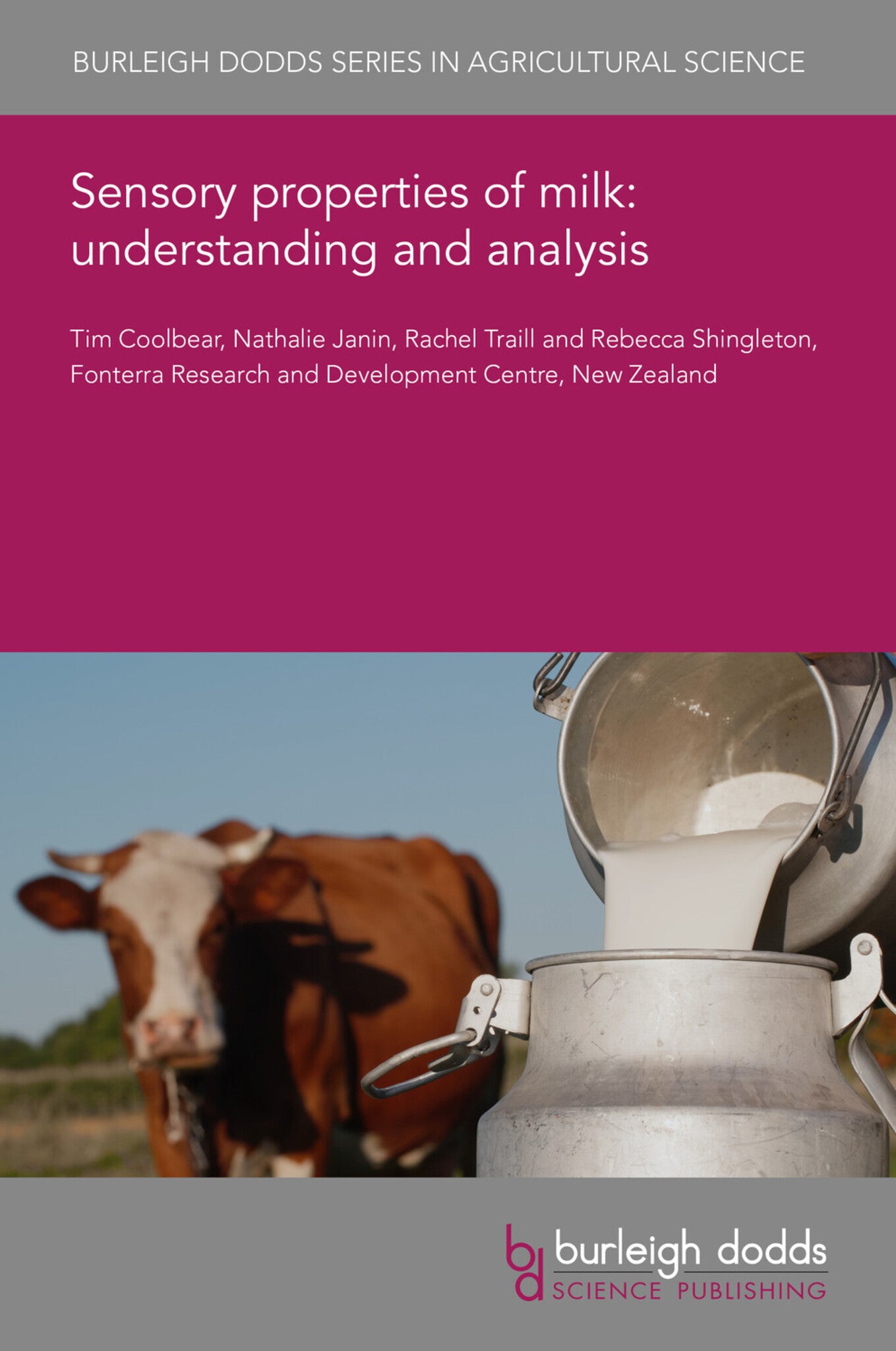We're sorry. An error has occurred
Please cancel or retry.
Sensory properties of milk: understanding and analysis
Regular price
£25.00
Sale price
£25.00
Regular price
£25.00
Unit price
/
per
Sale
Sold out
Re-stocking soon
Quality fresh milk is generally described by consumers familiar with the milk type as quite mild flavoured, with core creamy and sweet notes and a smooth, relatively rich mouthfeel. There are flavo...
Read More

Some error occured while loading the Quick View. Please close the Quick View and try reloading the page.
Couldn't load pickup availability
- Format:
-
14 March 2022

Quality fresh milk is generally described by consumers familiar with the milk type as quite mild flavoured, with core creamy and sweet notes and a smooth, relatively rich mouthfeel. There are flavour differences that are species-specific, but these are overlaid within and between species by flavours that are determined mainly from the feed stock, the nature of which can vary widely through the seasons of the year. Preservation technologies and storage also add to the complexities of the flavour profiles of liquid milk in a time dependent manner. Depending on consumer familiarity and expectations, these flavour differences can be appreciated and desired, or can be deemed off-flavours or defects. There is a wide range of methods available for the sensory analysis of milk, both with trained panels that provide quantitative data on the sensory characteristics and the intensities of the attributes, and with consumers who provide preference and acceptance data.

Price: £25.00
Publisher: Burleigh Dodds Science Publishing
Imprint: Burleigh Dodds Science Publishing
Series: Burleigh Dodds Series in Agricultural Science
Publication Date:
14 March 2022
ISBN: 9781801464468
Format: eBook
BISACs:
TECHNOLOGY & ENGINEERING / Agriculture / Animal Husbandry, Dairy farming, TECHNOLOGY & ENGINEERING / Agriculture / Sustainable Agriculture, Sustainable agriculture, Animal husbandry

1 Introduction 2 Bovine milk flavour profiles 3 Non-bovine milk flavour profiles 4 Human milk flavour profiles 5 Flavour defects: origins and impact 6 Sensory analysis of milk 7 Conclusions 8 Where to look for further information 9 References



